FAMILY SLOW BIRDING - SESSION 2
Do You Hear What I Hear?
Video 2
In this session, we're gonna give our listening skills a boost with some fun sound activities to do at your Sit Spot. These include a sound count and drawing a sound map, so you'll need your journal! I'm also going to show you how the Merlin app can help you learn songs. (This did not show up due to the sunny conditions, so look for the screenshots on the class page, thanks.) I'll also show you how you can play around with making bird sounds yourself to practice what you're hearing and describe it.
Using Merlin Identification App
Here are the views of the app that weren’t working in the video. This time when you open the Merlin app tap the explore button, choose one of your Neighbor Birds whose vocalizations you’d like to hear and click on SOUNDS. Then listen and watch the spectrogram as the sound plays for you. It’s a great way to add a visual representation of what you’re hearing when getting to know your Bird Neighbors!
Downloads for this session
Bird of the Day - Black-Capped Chickadee
The Bird of the Day is our friend the Black-capped Chickadee. Even though we have participants in many different places this little songbird is found year-round throughout their range. And, if you don’t have Black-capped Chickadees in your region, it’s likely you have one of the five species of chickadees found in North America! Pay particular attention to this bird this week and share some of your observations or wonderings in our Facebook group. Listen for it singing “Cheese Bur-ger, Cheese Bur-ger” as it looks for a mate. Use the Robin & Chickadee Voices download above to learn more about their vocalizations. Dig a little deeper by clicking the button below.
BIRD OLYMPICS
What you need:
A timer or app that can count seconds
A measuring tape
A garlic clove or an onion
Find Your Flap Rate - use the timer to help you count the number of times you can flap your arms in 10 seconds. Compare your flap rate to the birds below.
Crow - 20
Robin - 23
Pigeon - 30
Starling - 45
Chickadee - 270
Hummingbird - 700
Super Challenge - How long can you flap your arms before you start to become tired? Compare yourself to the Blackpoll Warbler who travels 2,000 miles from Venezuela to New England in three days! This level of fitness is equal to running 4-minute miles for 80 consecutive hours!
What’s Your Wingspan? Holding your arms out wide, use the measuring tape to find your “wingspan” from the tip of the fingers on one hand to the tip of the fingers on the other. Which bird are you closest to?
Ruby-throated Hummingbird - 4 inches
American Robin - 15 inches
Crow - 40 inches
Canada Goose - 60 inches
Bald Eagle - 7 feet!
Can’t find your wingspan on the list? Make a prediction for what bird will have a wingspan to match your own and use the Merlin app to look up the stats on that bird.
YOU VS. A Turkey Vulture - Who’s got the better nose? You need a piece of garlic or onion for this one. Go outside and find a spot where you can leave the garlic or onion. Now walking away from the garlic or onion, count out 200 steps so you’re approximately 200 feet away from them. Then have one person go back and smash the garlic or onion - really mush it up so it smells. Then count your steps walking back toward the garlic until you smell it. Calculate how far away you were when you could finally smell it. Anything less than 200 feet and the Turkey Vulture would win! Now run away from the stink!!!
TECH TIP - Using the Merlin App
Some of us are visual learners, which makes learning bird songs a challenge. Geez, learning bird songs is challenging no matter how you do it.
One of the things that can help is trying to picture what the song looks like - the phrases, pauses, and patterns that you’re hearing.
You can use the Merlin App to help with this! Let’s try this with the Song Sparrow. This is a common sparrow that is arriving back on its territory right now. As the birds establish their territories, the males post up high on grasses and shrubs and sing. So, open the app and click Explore Birds. Find Song Sparrow, click on Sounds and select the first song.
As the song plays, you’ll see the picture above in motion! This is called a spectrogram or a sonogram and the red line moves to show you what part of the song you’re listening to in the moment. Cool, huh? Take a look at American Robin and Black-capped Chickadee too! Then move on to some of your Bird Neighbors you’ve been noticing around you.
Wanna learn more about reading spectrograms? Click the button below for a great article on how to read spectrograms from Audubon.
Brain food - Resources for you!
The Little Book of Backyard Bird Songs by Andrea Pinnington is an incredible book with a built-in audio player of twelve common backyard birds including Northern Cardinal, Great-horned Owl, and Red-winged Blackbird.
People always ask if there’s an app that will tell them the bird they’re hearing, well, there is one. Sort of. In my opinion, it still needs work. But, it’s fun nonetheless. Take a look at the app SongSleuth.
And, I would be remiss if I didn’t share with you one of my most favorite kid books of all time. It’s about a little girl who goes in search of the wizard of the woods. (Who, by the way, has an amazing song!) It’s called One Day in the Woods by Jean Craighead George.







